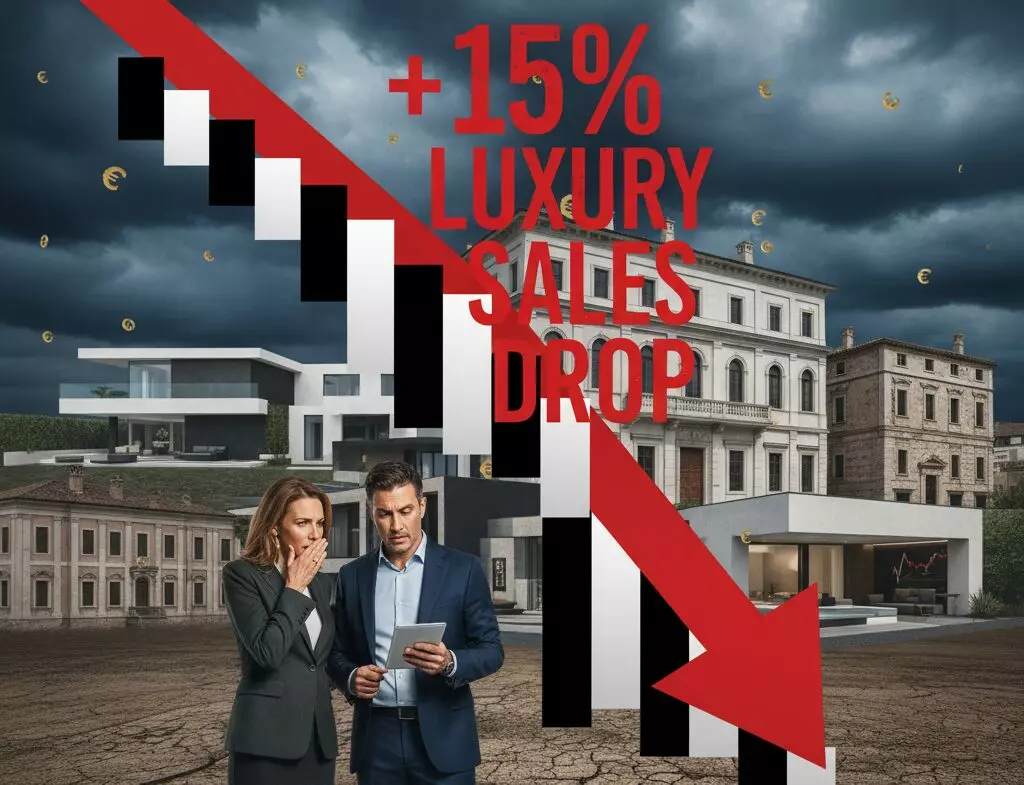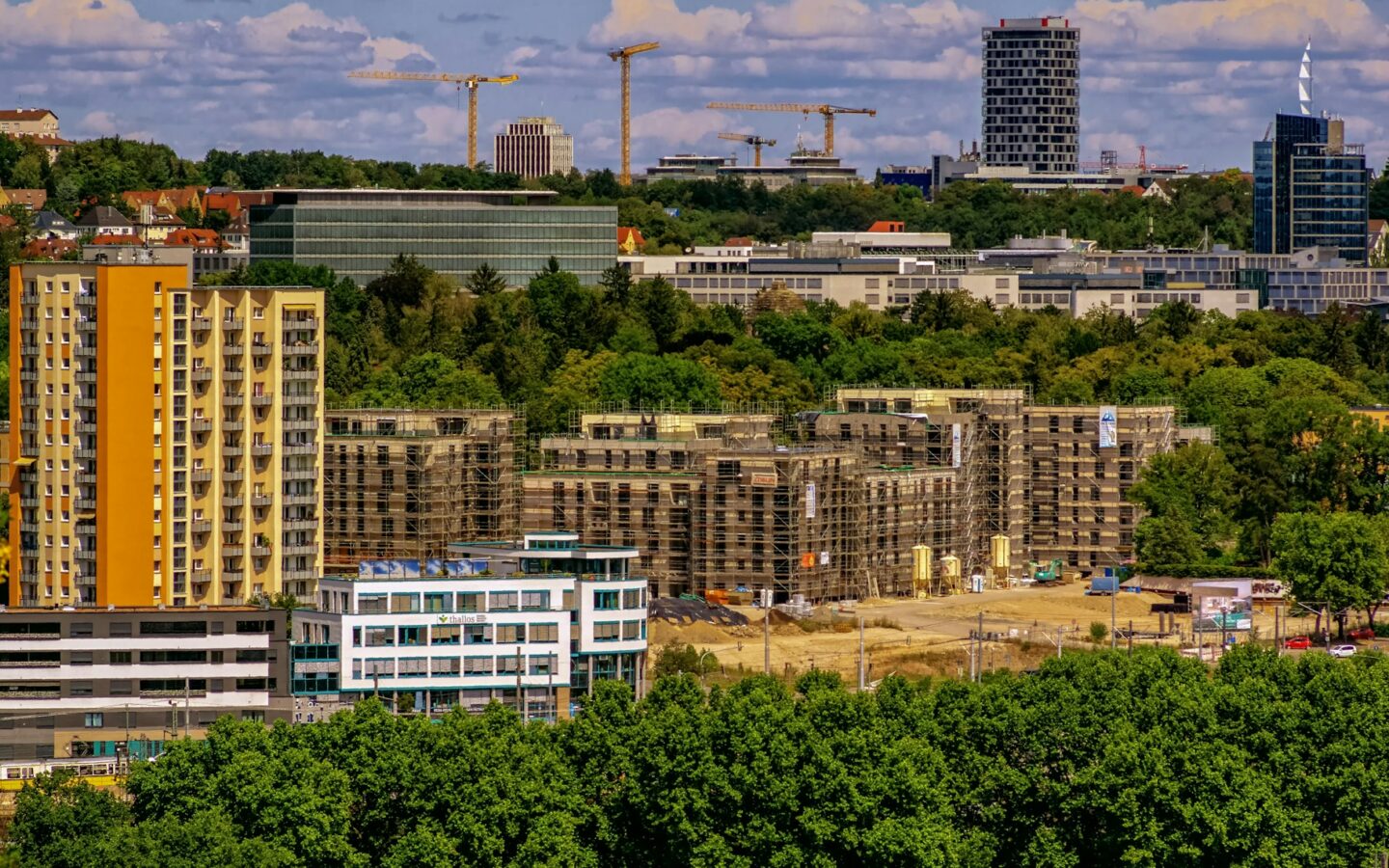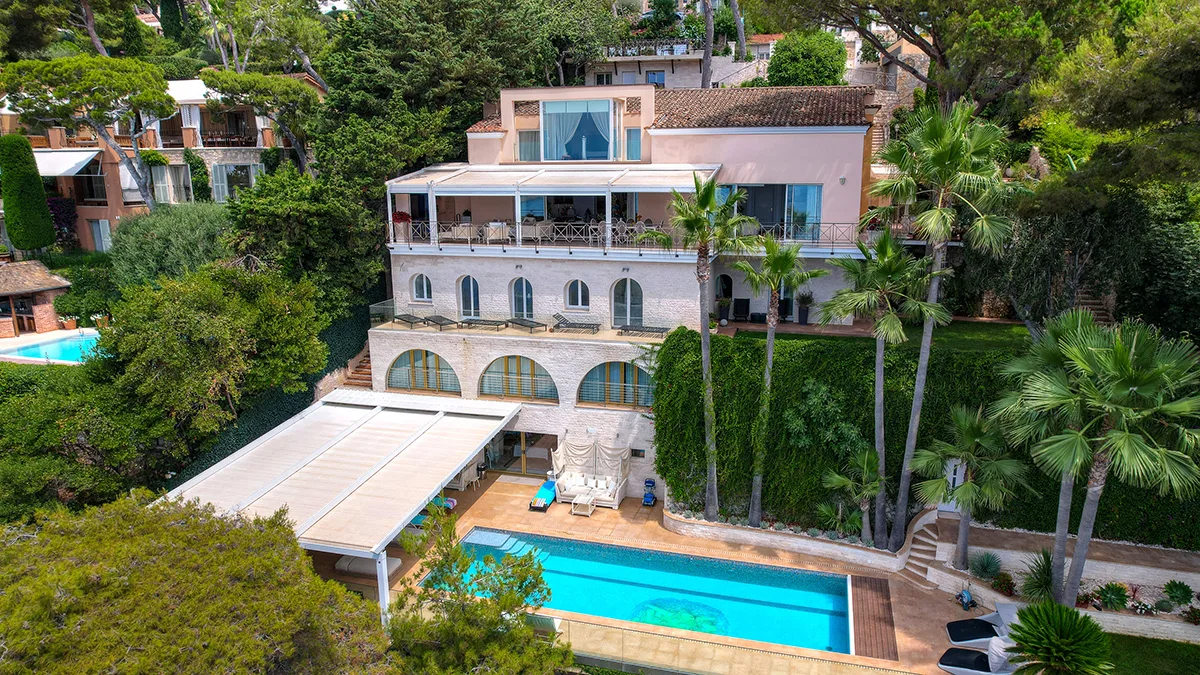The European luxury real estate landscape has experienced a dramatic shift in 2025, with high-end property sales tumbling 15% across major markets. This significant downturn reflects broader economic uncertainties, tightened lending conditions, and changing buyer sentiment in the ultra-premium segment. From London’s prestigious Mayfair district to Paris’s elegant 16th arrondissement, Europe’s most coveted addresses are witnessing unprecedented price corrections and reduced transaction volumes.
Get one year Free Listings!
Subscribe to our newsletter and get 1 year listings + XML imports for free and enjoy a 100% discount on all listing placement packages, no strings attached!

Europe Luxury Home Sales Plunge 15% in 2025
The European luxury residential market has encountered its steepest decline in over a decade, with sales volumes dropping 15% year-over-year according to the latest market data. This dramatic contraction spans across all major European capitals, signaling a fundamental shift in the high-end property landscape. The decline represents approximately €12.8 billion in lost transaction value compared to 2024 figures.
Several interconnected factors have contributed to this sharp downturn, including rising interest rates, geopolitical tensions, and stricter wealth taxation policies implemented across multiple European jurisdictions. The luxury segment, traditionally resilient during economic uncertainty, has proven vulnerable to the current confluence of market pressures. Transaction times have extended by an average of 45 days, while inventory levels have increased by 23% as properties remain on the market longer.
High-End Property Market Faces Sharp Decline
Properties valued above €10 million have experienced the most severe impact, with sales volumes declining by 22% across major European markets. This segment, which includes historic estates, contemporary penthouses, and waterfront mansions, has seen buyer interest wane significantly as wealthy individuals adopt a more cautious approach to large capital expenditures. The average time to sell properties in this category has increased from 8.2 months to 11.7 months.
Ultra-high-net-worth individuals are increasingly selective about their property investments, focusing on markets with stable political environments and favorable tax structures. Switzerland and certain German markets have shown relative resilience, experiencing only single-digit declines, while other European destinations have faced double-digit contractions. The shift in buyer preferences has created distinct winners and losers across the continental luxury landscape.
€50M+ Mansions See Biggest Price Drops Yet
The ultra-luxury segment, comprising properties valued at €50 million and above, has witnessed the most dramatic price corrections in the current market cycle. These trophy assets have experienced average price reductions of 18-25%, with some exceptional properties seeing discounts exceeding 30% from their peak valuations. Historic châteaux in France, palatial estates in Italy, and contemporary mega-mansions in prime London locations have all contributed to this trend.
Sellers in this rarified market segment are increasingly willing to negotiate substantial price concessions to complete transactions, recognizing that holding costs and market uncertainty may lead to further devaluation. The psychological impact of these significant price drops has created a cascading effect throughout the broader luxury market, as buyers delay purchases expecting additional reductions. Properties that would have commanded premium prices just 18 months ago are now struggling to attract serious offers even at reduced valuations.
Wealthy Buyers Pull Back From Premium Markets
High-net-worth buyers have adopted a distinctly cautious stance toward European luxury real estate, with many choosing to maintain liquidity rather than commit to major property purchases. Survey data indicates that 67% of potential luxury buyers are postponing acquisition decisions until market conditions stabilize, while 34% are actively reducing their European property exposure. This buyer hesitancy has created a significant supply-demand imbalance across premium markets.
The demographic composition of luxury buyers has also shifted, with fewer international purchasers participating in European markets due to currency fluctuations and regulatory complexities. Domestic buyers now represent 72% of luxury transactions, up from 58% in the previous year, though their reduced purchasing power has contributed to overall market weakness. Investment buyers, who previously accounted for 40% of luxury purchases, now represent only 28% of transactions as yields compress and capital appreciation prospects diminish.
London, Paris Lead European Luxury Downturn
London’s luxury property market has experienced one of the most severe contractions, with sales volumes declining 19% and average prices falling 14% across prime central London postcodes. Areas such as Belgravia, Knightsbridge, and Kensington have seen particularly sharp adjustments, with properties above £10 million facing extended marketing periods and significant price reductions. The combination of non-dom tax changes, stamp duty implications, and Brexit-related uncertainties continues to weigh heavily on buyer sentiment.
Paris has similarly struggled, with the luxury market contracting by 16% in transaction volume while prices have declined an average of 12% across the city’s most prestigious arrondissements. The 7th, 8th, and 16th arrondissements, traditionally bastions of luxury real estate stability, have witnessed substantial inventory increases as international buyers retreat from the market. French wealth tax modifications and concerns about political stability have further dampened enthusiasm among ultra-high-net-worth purchasers, creating challenging conditions for sellers across the capital’s premium segments.
The 15% decline in European luxury home sales represents more than a temporary market adjustment, it signals a fundamental recalibration of the high-end property sector. As wealthy buyers reassess their investment strategies amid economic uncertainty and regulatory changes, the luxury market faces an extended period of price discovery and reduced transaction activity. While some markets may find stability sooner than others, the current downturn suggests that the era of consistent luxury property appreciation across Europe may be entering a prolonged pause, requiring both buyers and sellers to adjust their expectations accordingly.






Join The Discussion